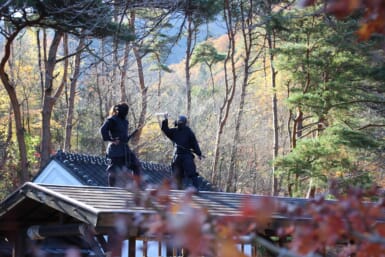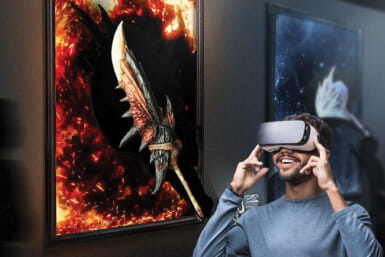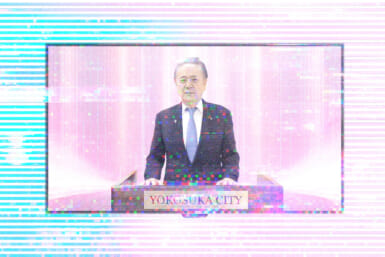As summer slowly draws to an end, so do a lot of things in Tokyo pop culture. We might still be a ways away from Japanese stations switching to their fall schedules, but we’ve already seen some big changes unfolding on our screens. For example…
End of an Era for Kamen Rider Zi-O
The latest series of Kamen Rider (“Masked Rider”) premiered in September 2018 and concluded on August 25 this year after 49 episodes. Kamen Rider Zi-O told the story of Sougo Tokiwa, a high school student who can transform himself into the titular enhanced super-fighter to protect the timeline from the evil Time Jackers while struggling with a prophecy that he’s destined to become a tyrannical Demon King in the future. So, literally the least interesting thing about this Masked Rider was that he wore a mask, but it’s actually this nomenclatural vagueness that has allowed the character to change and survive all these years.
The first Kamen Rider series was released during the Japanese Showa era in 1971 where the main character was a mutant cyborg created by an ex-Nazi scientist. Since then, dozens more Masked Riders have come and gone, playing with every sci-fi and fantasy setting there is, from parallel dimensions to alien invasions and time travel, each representing a change in the pop cultural tastes of Japan over the decades. Zi-O was the last of the Heisei era (1989 – 2019) Kamen Riders, which started with Kamen Rider Kuuga – where the masked superhero fought an ancient, mysterious civilization that could transform themselves into monsters. Some of the highlights of the Heisei era shows include Kamen Rider Wizard, which was the first series to introduce magic to the KR-verse, as well as a transgender character (the store owner Kaba-chan.)
Kamen Rider Zi-O wasn’t groundbreaking with its world-building. The themes of Riders turning evil and time travel have been introduced in past series like Kamen Rider Den-O (2007–2008). But it’s worth talking about because it included tributes and callbacks to almost every Heisei era Kamen Rider series, trying to wrangle three decades worth of extremely loosely connected stories into a somewhat coherent shared universe. Let’s wait and see if the new Reiwa era incarnation of the show, Kamen Rider Zero-One, which will premiere on September 1, continues this approach.
浅田真央と立川ろう学校の生徒18 名が、WANIMAの「やってみよう」にあわせ、弾けるような笑顔とともに、息のあったタップダンスを披露しました✨#24時間テレビ42https://t.co/rinVc6YqLw
— 24時間テレビ【公式】【日本テレビ】 (@24hourTV) August 25, 2019
24-Hour Television Telethon No Longer a Guaranteed Money-Maker
In 1978, to commemorate its 25th anniversary, Nippon TV aired the first 24-Hour Television, a marathon charity show meant to raise money for welfare programs as well as disaster and environmental relief, etc. Since then, summer in Japan has basically become synonymous with the yearly telethon, which has collected nearly 39 billion yen (~$370 million) over the years, two billion of which were raised in just one year, in 2011, in the wake of the devastating Tohoku earthquake and tsunami. But in recent years, the program’s popularity has waned.
24-Hour Television has been accused before of being emotionally manipulative, and this year’s edition did nothing to disperse those impressions. The 2019 show kicked off on August 24 with a look-back at the 2011 quake, and followed it with a number of programs focusing on handicapped children.
From a blind high-schooler training for the 1,500m-run in the Paralympics to a 14-year-old baseball player with a prosthetic arm, and even ending the show with a tap-dancing performance by students from a school for the deaf, the consensus was that 24-Hour Television was trying to make the audience choke up to open their wallets. It didn’t quite work as planned, though, as 2019 was one of the worst years in the show’s history, bringing in “only” 684 million yen.
https://twitter.com/boufurafurafura/status/1166082618841939968?s=20
A Japanese Remake of Child’s Play?
A picture posted by Twitter user @boufurafurafura on August 27 soon went viral after viewers became infatuated with the image of what looks to be a battery-operated singing doll purchased from a Japanese second-hand store. According to the sticker on the box, the original owner sold the doll because “It moved even after I turned it off.” @boufurafurafura has continued tweeting after posting the picture, but whether that’s really them or the cursed doll come to life remains unclear.









